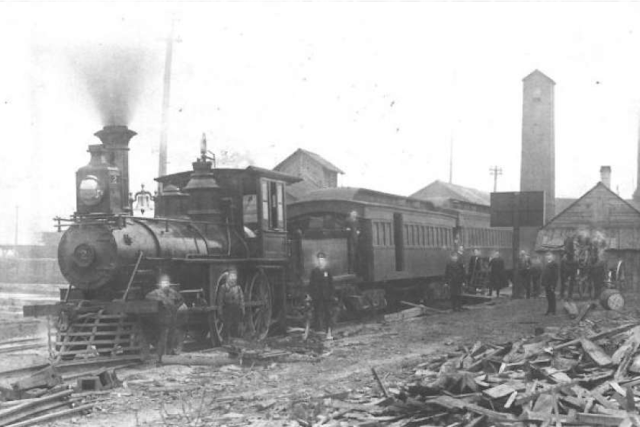The Black Mesa & Lake Powell Railroad (1973-2019)
This week, the Black Mesa & Lake Powell Railroad made its last journey, shipping coal between a coal fired power plant that is being decommissioned, the Navajo Generating Station and the Peabody Energy Kayenta Mine. RailPictures.net . Image: Ryan Adams, 2019, "With only weeks left in operation, the Black Mesa & Lake Powell railroad contiues its daily journey between Page and the Mine at Kayenta" The Black Mesa & Lake Powell Railroad was one of the more unique railroad operations in the United States. For one thing, its operation did not fall under the authority of the Federal Railroad Administration, as it was completely isolated from the rest of the US Rail Network. I've mapped the right of way below; despite the remoteness of operations, the desert environment makes the tracks quite easy to spot, making this trace extremely easy. It ran about 80 miles along electrically powered catenary lines at 50,000 volts. During the height of operations at...






